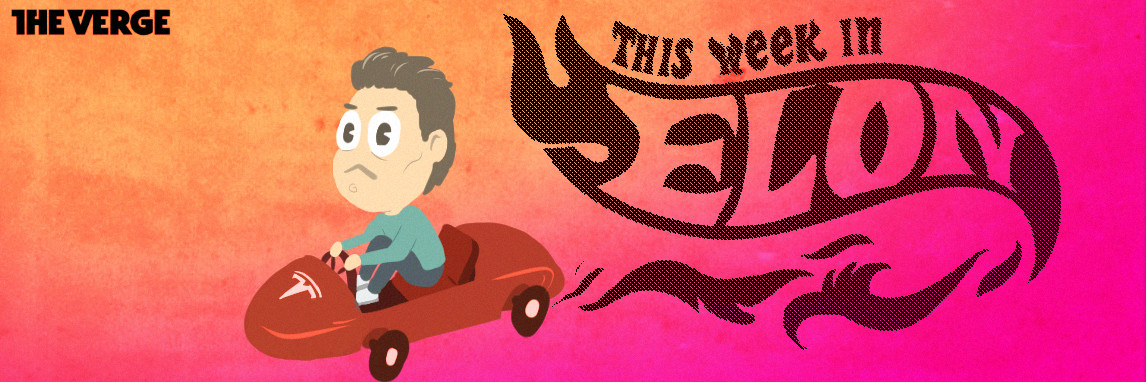The version of Autopilot that Elon Musk has long promised would make Tesla cars capable of driving themselves is reportedly being handed over to a small group of employees for testing, according to an internal email obtained by Bloomberg.
In the email, Musk promised there were about 100 spots available in the testing program, and that he would take volunteers on a “first come, first served basis.”
Willing employees have to agree to sharing “300 to 400 hours of driving feedback with the company’s Autopilot team by the end of next year,” according to Bloomberg. Musk is apparently offering a sizable kickback, though — workers who sign up won’t have to pay for the supposedly fully self-driving version of Autopilot, or for a premium interior, if they buy a new car. In total, these features would normally cost $13,000 combined.
It’s unclear if the offer is only available for Tesla employees who don’t already own one of the company’s cars — or if those who do will retroactively have access to those same discounts. (A company spokesperson did not respond to a request for comment.) Tesla gives employees early priority over new cars (like the Model 3), but typically doesn’t offer them discounts. In fact, Tesla doesn’t allow discounts or negotiated prices for the cars in its showrooms, either, unless they are models that have been sitting on the floor or been used for test drives.
Musk promised in October 2016 that, from that point forward, all Tesla cars would be built with the hardware required to handle full self-driving whenever the software was ready. Tesla’s been working on a bespoke solution since the time of that announcement after splitting with MobilEye, which was involved in developing the original Autopilot. Musk’s timeline for full self-driving capabilities has been characteristically fuzzy ever since, and experts have questioned whether Tesla’s cars will be able to perform such a feat with the hardware they have.
This past June, for example, Musk tweeted that Tesla would ship an update in August which would “begin to enable full self-driving features,” but that update has still not been widely released. Meanwhile, the team that works on Autopilot has experienced plenty of turnover at the top. Former Apple software guru Chris Lattner resigned his post as the head of Autopilot last summer after just six months on the job, and his replacement left Tesla this past April.
Tesla was also supposed to have demonstrated Autopilot’s full self-driving abilities with a coast-to-coast autonomous drive that was originally slated for 2017. That drive has since been shelved indefinitely as the company works to improve the safety of the existing version of Autopilot, which came under scrutiny earlier this year after it was involved in a small number of accidents and deaths.

:no_upscale()/cdn.vox-cdn.com/uploads/chorus_asset/file/12548827/this_week_in_elon__3_.png)